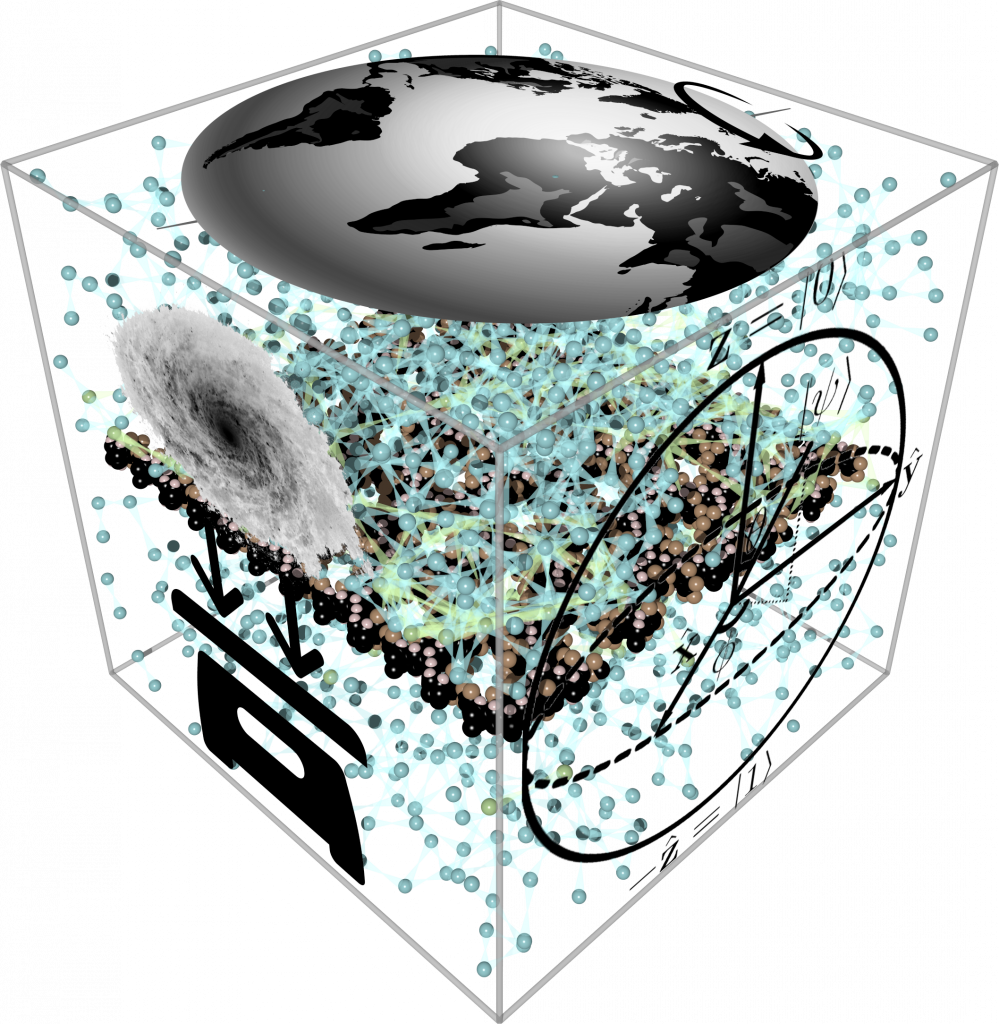The NSF is now funding our collaborative effort to make a quantum sensor that uses 2D polymers as a nanoporous Josephson junction separating two reservoirs of superfluid helium. This device, a superfluid helium quantum interference device, or SHe-QUID, might enable precise measurement of changes in angular momentum, permit accurate detection in changes in gravity in geodesy and astrophysics, and serve as a qbit in quantum computers. The team comprises four research groups, Del Maestro at University of Tennessee (theory), Henriksen at Washington University at St. Louis (fabrication), Schwab at Cal Tech (superfluid helium), and our group (2D polymers).
The NSF has issued a press release on the projects funded, including ours, in the QuSeD-TAQS program.

Comments